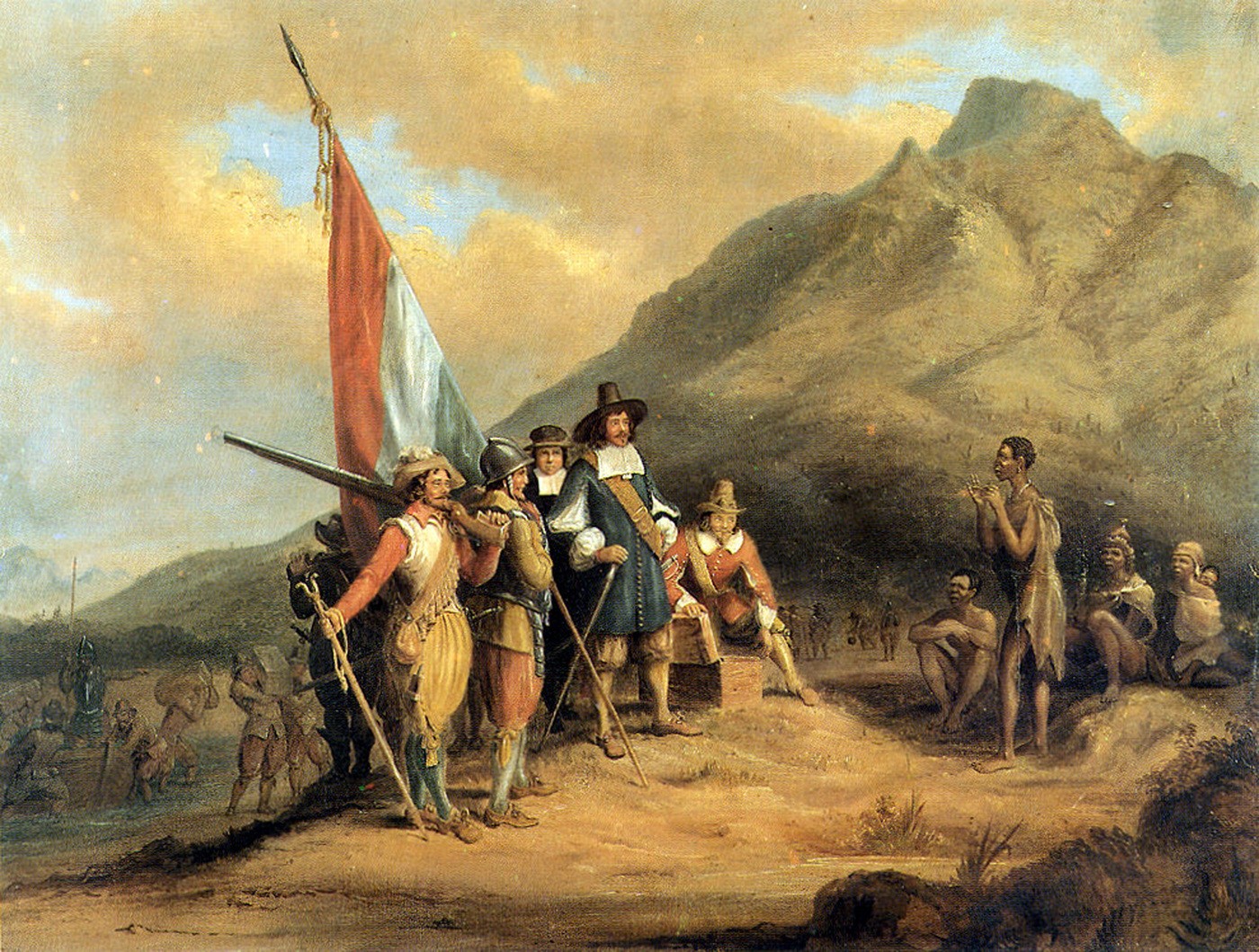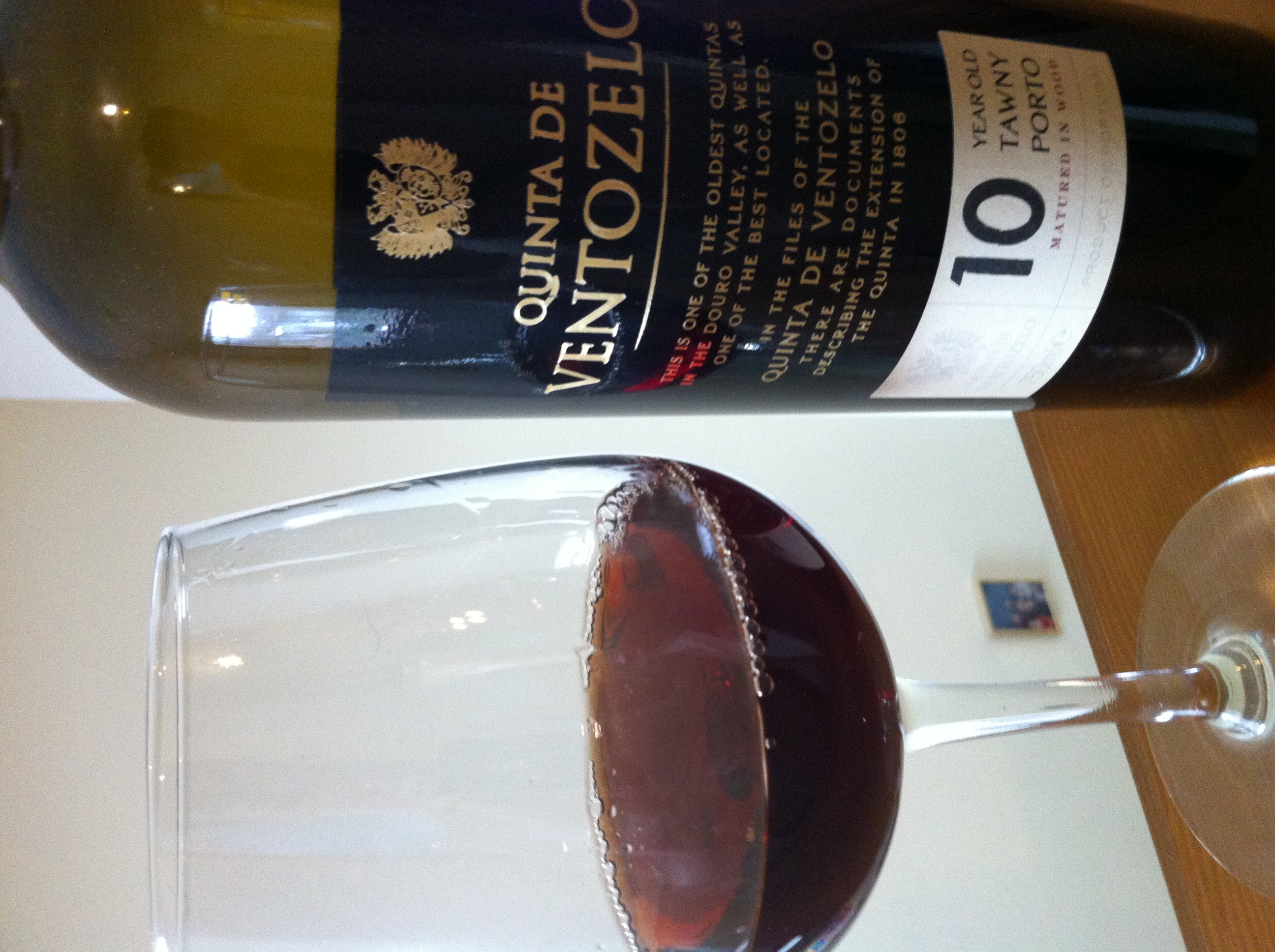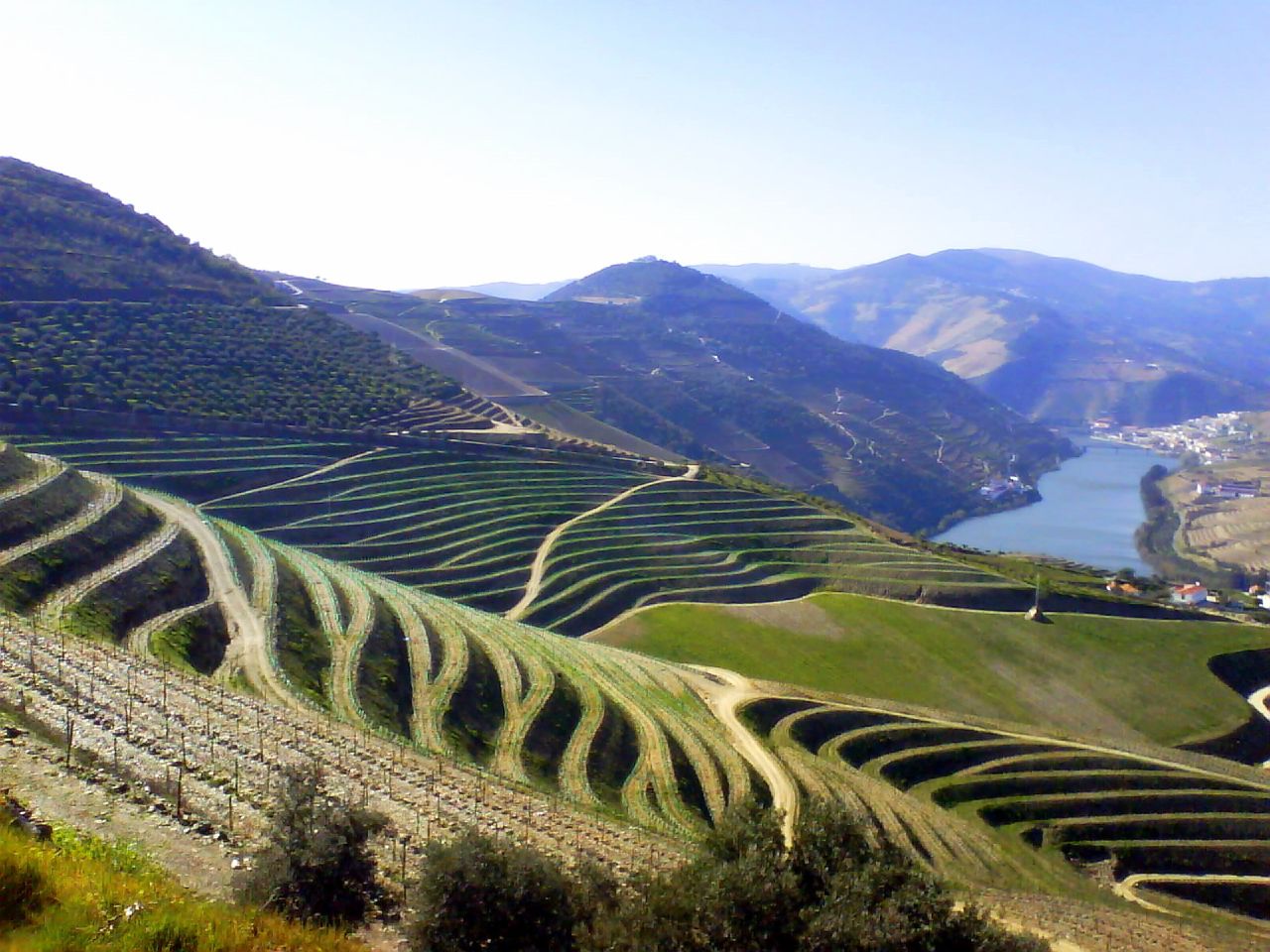|
Tinta Barroca
Tinta Barroca is a Portuguese red wine grape that is grown primarily in the Douro region with some plantings in South Africa and the Riverland wine region of Australia. In Portugal, it is a common blending grape in Port wine while in South Africa and Australia it is normally made into a varietal wine or blend with other grapes. The vine was introduced to the Douro region in the late 19th century and has the advantages of being able to withstand cool conditions while planted on north-facing slopes. J. Robinson ''Vines, Grapes & Wines'' pg 216 Mitchell Beazley 1986 See also *List of Port wine grapes *List of Portuguese grape varieties Portugal's history of viticulture and vinification covers many centuries and has included the use of an extensive number native varieties. In addition, through experimentation and field trials a number of new varieties have emerged and are now pla ... References {{wine-grape-stub Red wine grape varieties ... [...More Info...] [...Related Items...] OR: [Wikipedia] [Google] [Baidu] |
Portugal
Portugal, officially the Portuguese Republic, is a country on the Iberian Peninsula in Southwestern Europe. Featuring Cabo da Roca, the westernmost point in continental Europe, Portugal borders Spain to its north and east, with which it shares Portugal-Spain border, the longest uninterrupted border in the European Union; to the south and the west is the North Atlantic Ocean; and to the west and southwest lie the Macaronesia, Macaronesian archipelagos of the Azores and Madeira, which are the two Autonomous Regions of Portugal, autonomous regions of Portugal. Lisbon is the Capital city, capital and List of largest cities in Portugal, largest city, followed by Porto, which is the only other Metropolitan areas in Portugal, metropolitan area. The western Iberian Peninsula has been continuously inhabited since Prehistoric Iberia, prehistoric times, with the earliest signs of Human settlement, settlement dating to 5500 BC. Celts, Celtic and List of the Pre-Roman peoples of the Iberia ... [...More Info...] [...Related Items...] OR: [Wikipedia] [Google] [Baidu] |
Wine
Wine is an alcoholic drink made from Fermentation in winemaking, fermented fruit. Yeast in winemaking, Yeast consumes the sugar in the fruit and converts it to ethanol and carbon dioxide, releasing heat in the process. Wine is most often made from grapes, and the term "wine" generally refers to grape wine when used without any qualification. Even so, wine can be made fruit wine, from a variety of fruit crops, including plum, cherry, pomegranate, blueberry, Ribes, currant, and Sambucus, elderberry. Different varieties of grapes and Strain (biology), strains of yeasts are major factors in different styles of wine. These differences result from the complex interactions between the Biochemistry, biochemical development of the grape, the reactions involved in fermentation, the grape's growing environment (terroir), and the wine production process. Many countries enact legal appellations intended to define styles and qualities of wine. These typically restrict the geographical origin ... [...More Info...] [...Related Items...] OR: [Wikipedia] [Google] [Baidu] |
Grape
A grape is a fruit, botanically a berry, of the deciduous woody vines of the flowering plant genus ''Vitis''. Grapes are a non- climacteric type of fruit, generally occurring in clusters. The cultivation of grapes began approximately 8,000 years ago, and the fruit has been used as human food throughout its history. Eaten fresh or in dried form (as raisins, currants and sultanas), grapes also hold cultural significance in many parts of the world, particularly for their role in winemaking. Other grape-derived products include various types of jam, juice, vinegar and oil. History The Middle East is generally described as the homeland of grapes and the cultivation of this plant began there 6,000–8,000 years ago. Yeast, one of the earliest domesticated microorganisms, occurs naturally on the skins of grapes, leading to the discovery of alcoholic drinks such as wine. The earliest archeological evidence for a dominant position of wine-making in human culture dates f ... [...More Info...] [...Related Items...] OR: [Wikipedia] [Google] [Baidu] |
Douro
The Douro (, , , ; ; ) is the largest river of the Iberian Peninsula by discharge. It rises near Duruelo de la Sierra in the Spanish Soria Province, province of Soria, meanders briefly south, then flows generally west through the northern part of the Meseta Central in Castile and León into northern Portugal. Its largest tributary (carrying more water than the Douro at their confluence) is the right-bank Esla (river), Esla. The Douro flows into the Atlantic Ocean at Porto, the second largest city of Portugal. The scenic Douro railway line runs close to the river. Adjacent areas produce port wine, port (a mildly fortification (wine), fortified wine) and other agricultural produce. A small tributary of the river has the Côa Valley Paleolithic Art site which is considered important to the archaeological pre-historic patrimony, designated a UNESCO World Heritage Site. Within Spain, it flows through the middle of the autonomous community of Castile and León, with the basin spanni ... [...More Info...] [...Related Items...] OR: [Wikipedia] [Google] [Baidu] |
South African Wine
South African wine has a history dating back to 1659 with the first bottle being produced in Cape Town by its founder and governor Jan van Riebeeck. Access to international markets led to new investment in the South African wine market. Production is concentrated around Cape Town and almost exclusively located within the Western Cape, Western Cape province, with major vineyard and production centres at Constantia, Cape Town, Constantia, Paarl, Stellenbosch and Worcester, Western Cape, Worcester. There are about 60 appellations within the Wine of Origin (WO) system, which was implemented in 1973 with a hierarchy of designated production regions, districts and wards. WO wines must only contain grapes from the specific area of origin. "Single vineyard" wines must come from a defined area of less than 6 hectares. An "Estate Wine" can come from adjacent farms if they are farmed together and wine is produced on site. A ward is an area with a distinctive soil type or climate and is rou ... [...More Info...] [...Related Items...] OR: [Wikipedia] [Google] [Baidu] |
Australian Wine
The Australian wine industry is one of the world's largest exporters of wine, with approximately 800 million out of the 1.2 to 1.3 billion litres produced annually exported to overseas markets. The wine industry is a significant contributor to the economy of Australia, Australian economy through production, employment, export, and tourism. There is a $3.5 billion domestic market for Australian wines, with Australians consuming approximately 500 million litres annually. Norfolk Islanders are the second biggest per capita wine consumers in the world with 54 litres. Only 16.6% of wine sold domestically is imported. Wine is produced in every state, with more than 60 designated wine regions totalling approximately 160,000 hectares; however Australia's wine regions are mainly in the southern, cooler parts of the country, with vineyards located in South Australian wine, South Australia, New South Wales wine, New South Wales, Victorian wine, Victoria, Western Australian wine, ... [...More Info...] [...Related Items...] OR: [Wikipedia] [Google] [Baidu] |
Port Wine
Port wine (, ; ), or simply port, is a Portuguese wine, Portuguese fortified wine produced in the Douro, Douro Valley of Norte, Portugal, northern Portugal. It is typically a sweetness of wine, sweet red wine, often served with dessert wine, dessert, although it also comes in dry, semi-dry, and white varieties. Other port-style fortified wines are produced outside Portugalin Argentina, Australia, Canada, France, India, Italy, South Africa, Spain, and the United Statesbut under the European Union Protected Designation of Origin guidelines, only wines from Portugal are allowed to be labelled "port". Region and production Port is produced from grapes grown and processed in the demarcated Douro region. The wine produced is then fortified by the Mutage, addition of a neutral grape spirit known as aguardente#Portugal, aguardente to stop the Fermentation (wine), fermentation, leaving residual sugar in the wine, and to boost the Alcohol (drug), alcohol content. The fortification sp ... [...More Info...] [...Related Items...] OR: [Wikipedia] [Google] [Baidu] |
Varietal
A varietal wine is a wine made primarily from a single named grape variety, and which typically displays the name of that variety on the wine label.The American Heritage Dictionary of the English Language, Fourth Edition, 2000.winepros.com.au. Examples of grape varieties commonly used in varietal wines are Cabernet Sauvignon, Chardonnay and Merlot. Wines that display the name of two or more varieties on their label, such as a Chardonnay- Viognier, are ''blends'' and not varietal wines. The term is frequently misused in place of vine variety; the term ''variety'' refers to the vine or grape, while ''varietal'' refers to the wine produced by a variety. The term was popularized in the US by Maynard Amerine at the University of California, Davis after Prohibition seeking to encourage growers to choose optimal vine varieties, and later promoted by Frank Schoonmaker in the 1950s and 1960s, ultimately becoming widespread during the California wine boom of the 1970s. Varietal win ... [...More Info...] [...Related Items...] OR: [Wikipedia] [Google] [Baidu] |
List Of Port Wine Grapes
According to the Method of Punctuation of the Plots of Land of Vineyards of the Region of Douro (decree nº 413/2001), there were 30 recommended and 82 permitted grape varieties in Port wine production. The quality and characteristics of each grape varies with the classification of grape varieties making a distinction between "Very Good", "Good", "Average", "Mediocre" and "Bad" quality grapes. But this classification is actually in revaluation based on the technical and scientific data of the CEVD (Center of Wine Studies of Douro). The six most widely used grapes for red Port wine are Touriga Franca, Tinta Roriz, Tinta Barroca, Touriga Nacional, Tinta Cão and Tinta Amarela. T. Stevenson ''"The Sotheby's Wine Encyclopedia"'' pg 335 Dorling Kindersley 2005 Black grapes Recommended Grape Varieties Very good * Bastardo * Donzelinho tinto * Marufo * Tinta Francisca * Tinta Roriz * Tinta Cão * Touriga Franca * Touriga Nacional Good * Castelão * Cornifesto * Malvasia Preta * ... [...More Info...] [...Related Items...] OR: [Wikipedia] [Google] [Baidu] |
List Of Portuguese Grape Varieties
Portugal's history of viticulture and vinification covers many centuries and has included the use of an extensive number native varieties. In addition, through experimentation and field trials a number of new varieties have emerged and are now playing key roles in producing the country's wide array of wines. The relative absence of many international varieties such as Cabernet Sauvignon, Chardonnay and Semillon is another characteristic of this country's wine industry, although in recent decades many of these varieties have been brought into wider use as the lists below reveal. Portugal's wine production in 2019 was 6.5 million hectolitres (Mhl), consistent with its annual average since 2015, and the forecast for 2020 is also 6.5 Mhl. This industry makes an important contribution to the country's annual income by attracting a vigorous local market and by being exported all over the world with France, the United States, the United Kingdom, Brazil and Germany as the main destinati ... [...More Info...] [...Related Items...] OR: [Wikipedia] [Google] [Baidu] |






